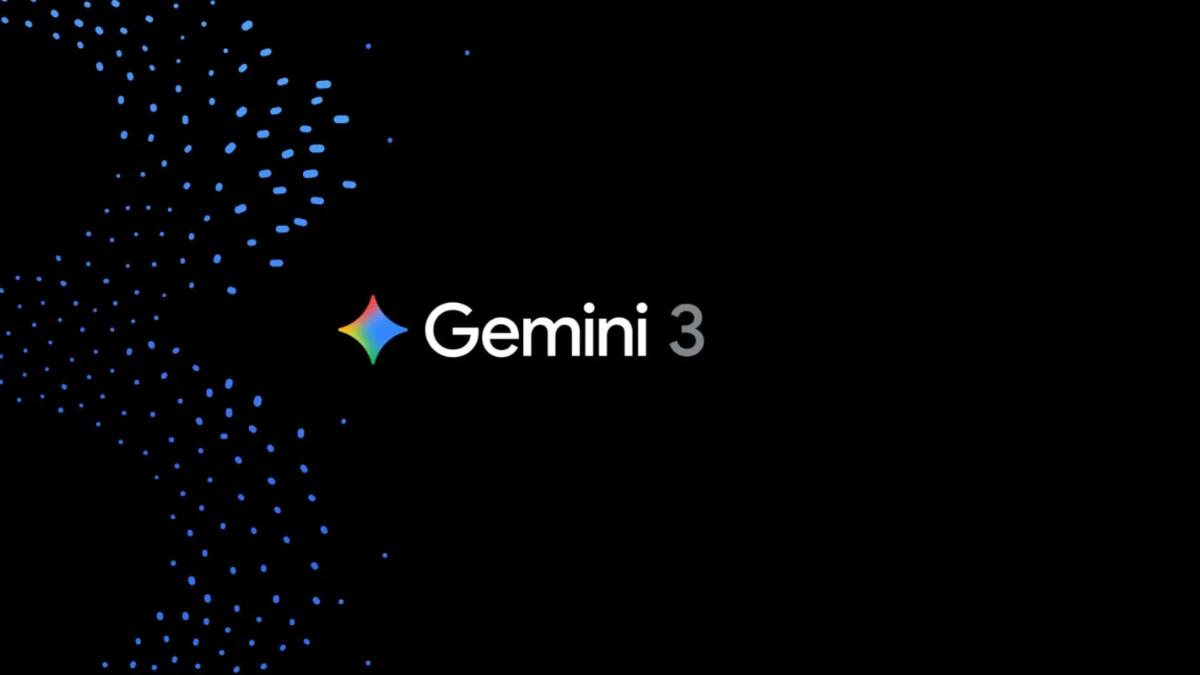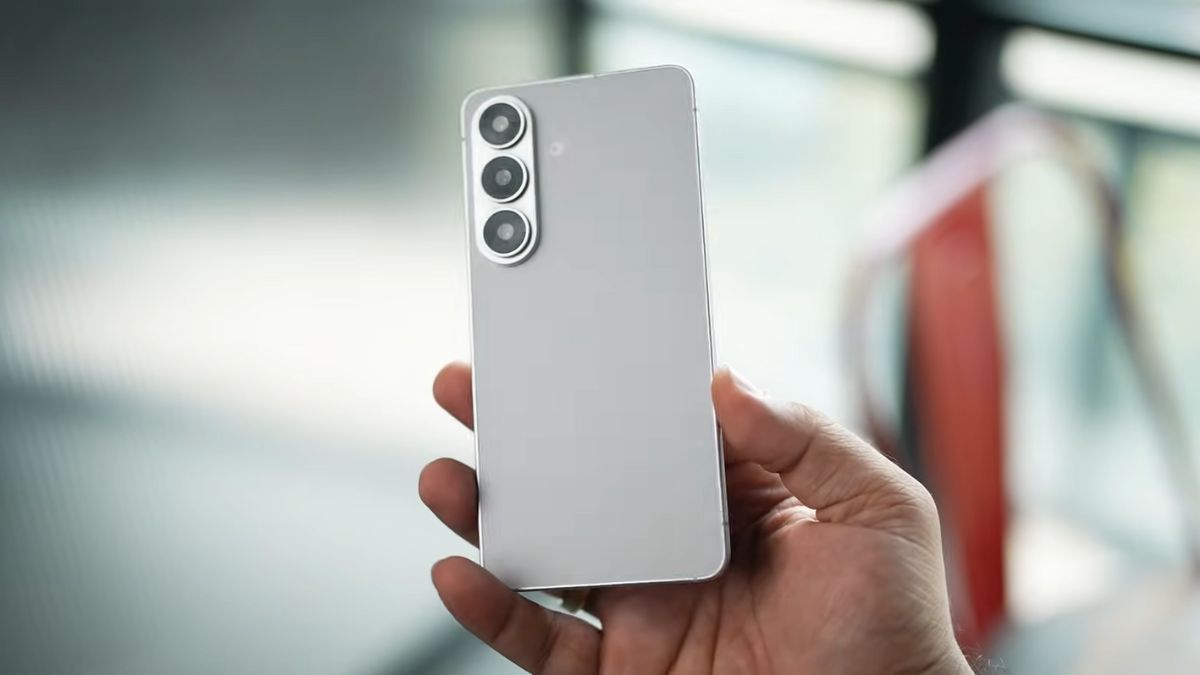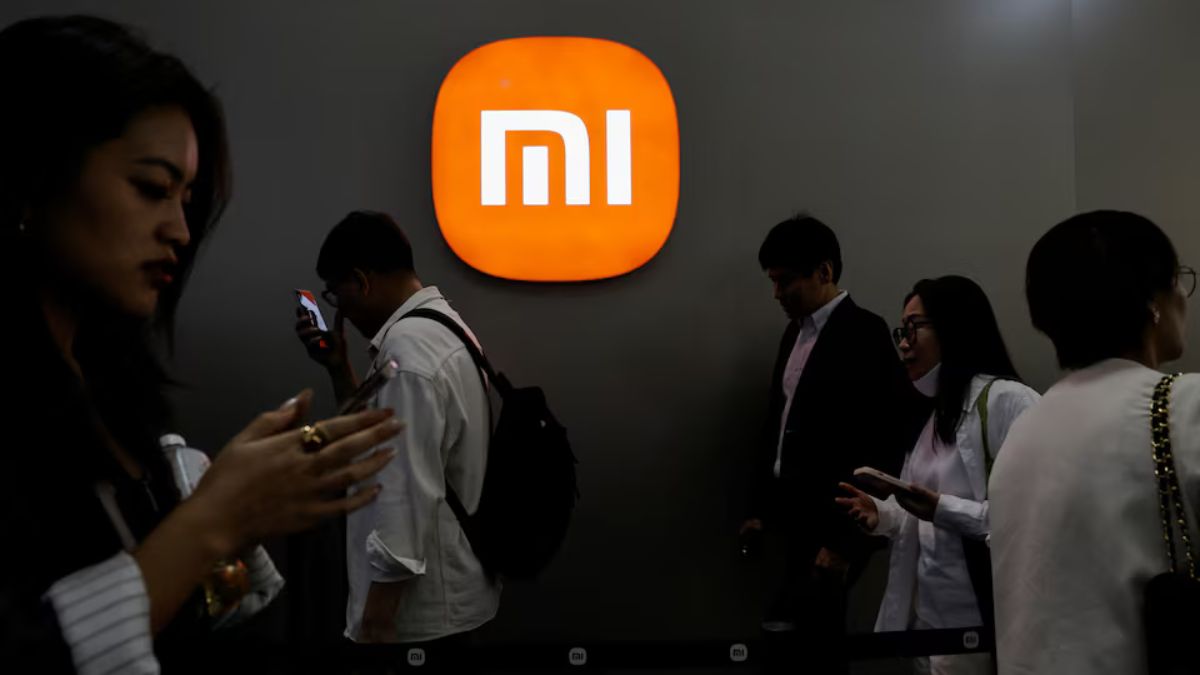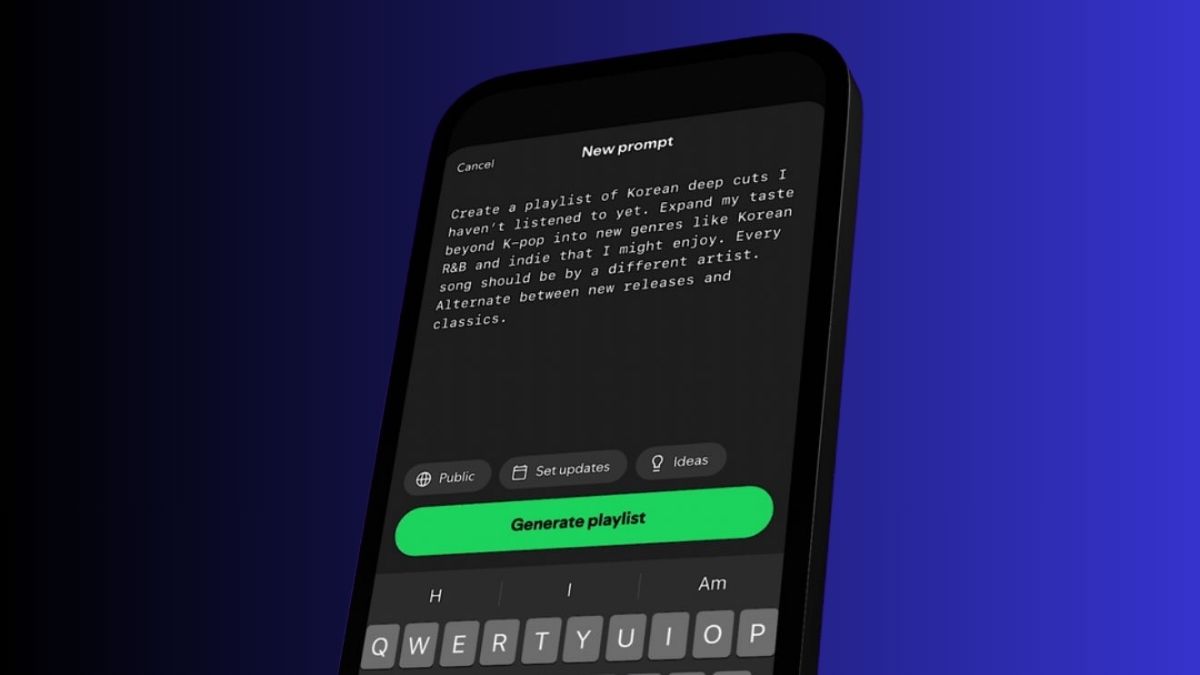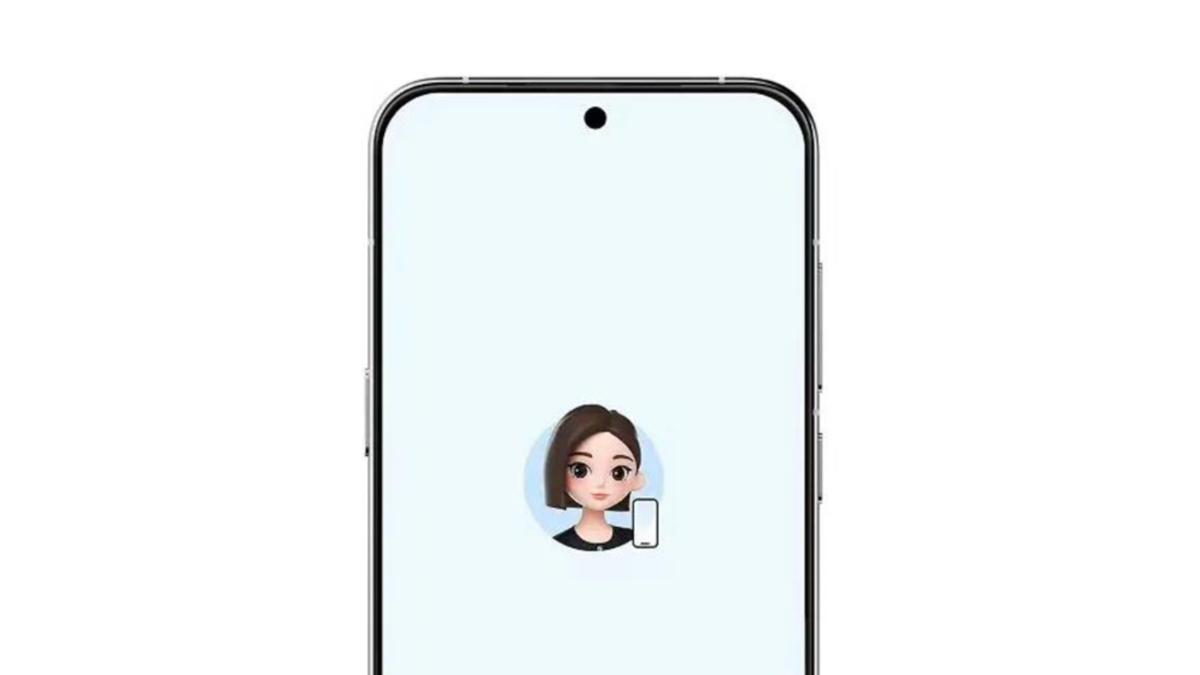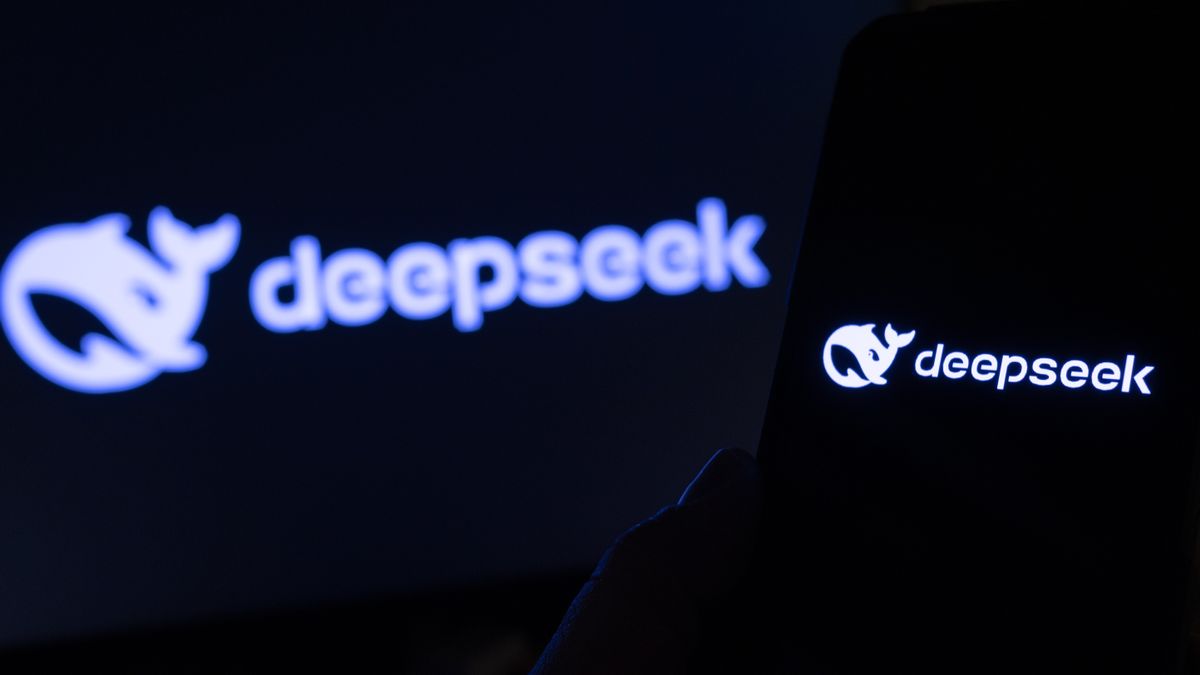In a recent controversy, Microsoft has been caught using a deceptive tactic that disguises Bing as Google’s homepage when users search for “Google” while using Bing. This has drawn sharp criticism from Parisa Tabriz, the head of Google Chrome, who labeled the move as a “new low” for Microsoft.
According to Tabriz, Microsoft is trying to keep new Windows PC users within its Bing ecosystem by mimicking Google’s interface.
When users search for “Google” on Bing while not signed into a Microsoft account, the page automatically hides the Bing logo and displays a search interface that closely resembles Google’s homepage.
The layout, design elements, and even the famous Google Doodles are mimicked, creating a false sense of navigating to Google.
Tabriz took to X (formerly Twitter) to express her disappointment, stating:
“Imitation is the sincerest form of flattery, but Microsoft spoofing the Google homepage is another tactic in its long history of tricks to confuse users & limit choice. New year; new low Microsoft.”
This deceptive tactic appears to be aimed at new Windows users who may try to navigate to Google through the default Microsoft Edge browser. Once they interact with the Google-like interface, they are unknowingly kept within Bing’s ecosystem.
This isn’t the first time Microsoft has faced criticism for its user retention strategies. The company has previously displayed warning messages when users attempt to download Google Chrome and used pop-up ads to promote Edge and Bing.
While Google also employs methods to encourage Chrome adoption, such as notifications on its websites, these practices are generally considered less aggressive compared to Microsoft’s more system-level interventions.


